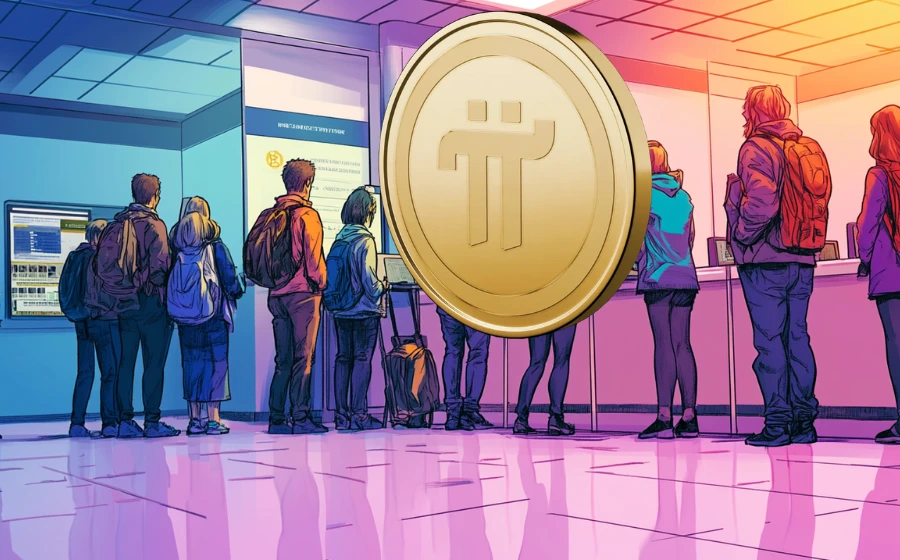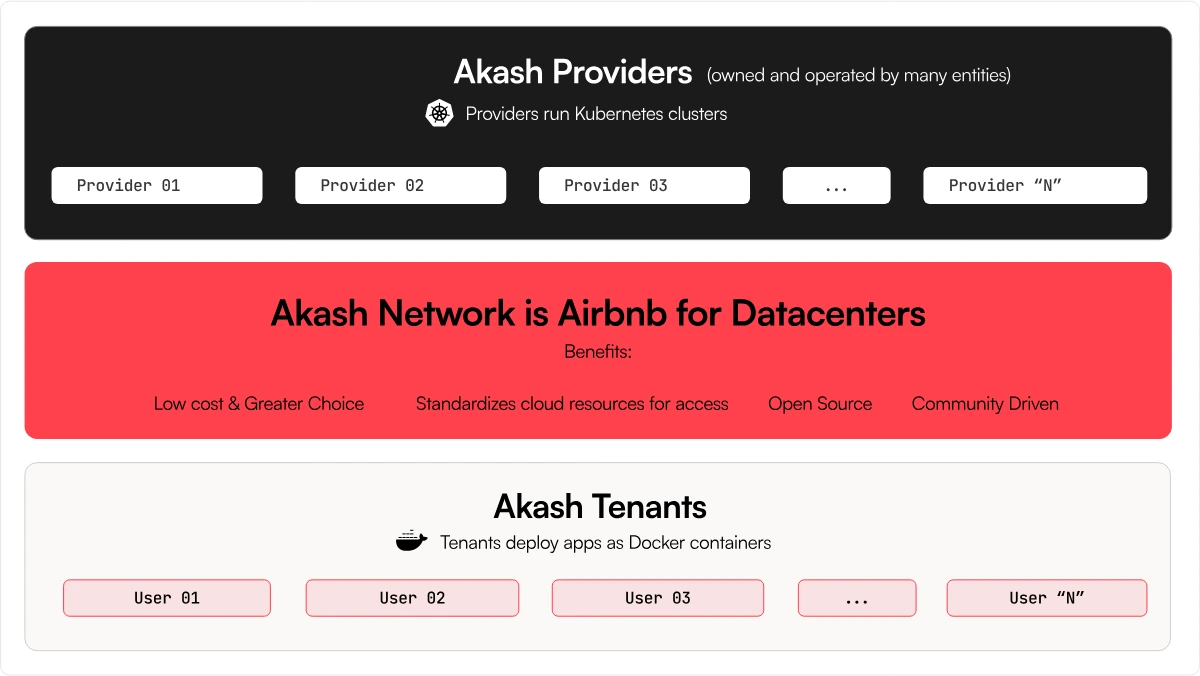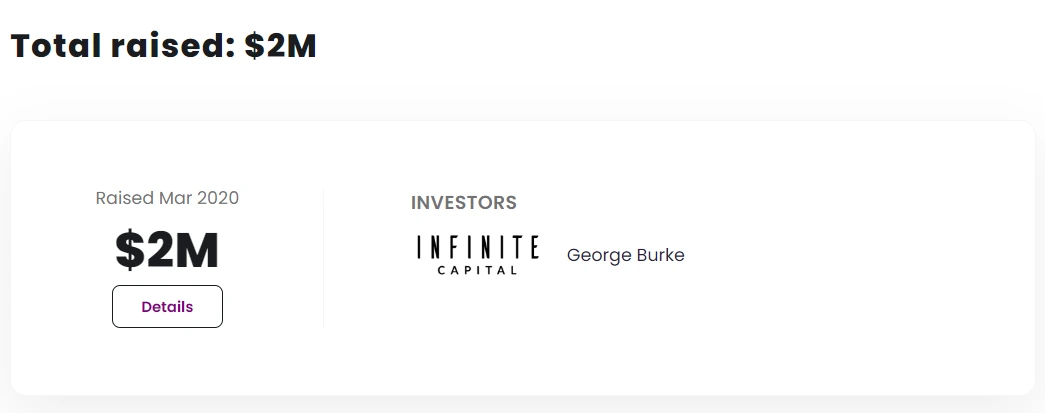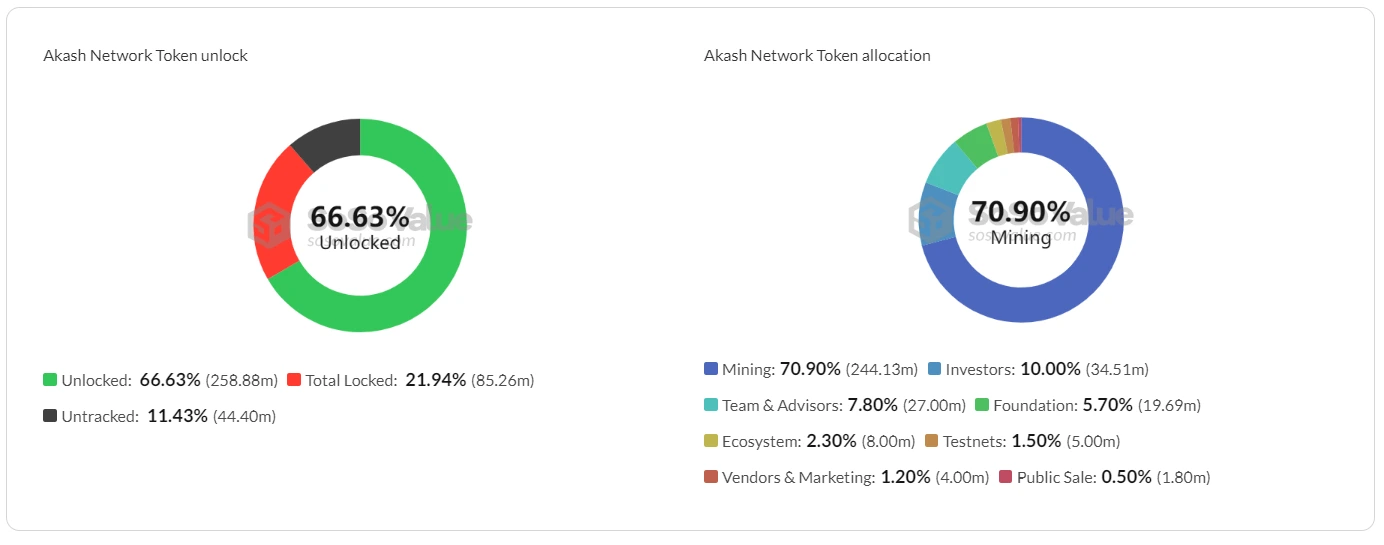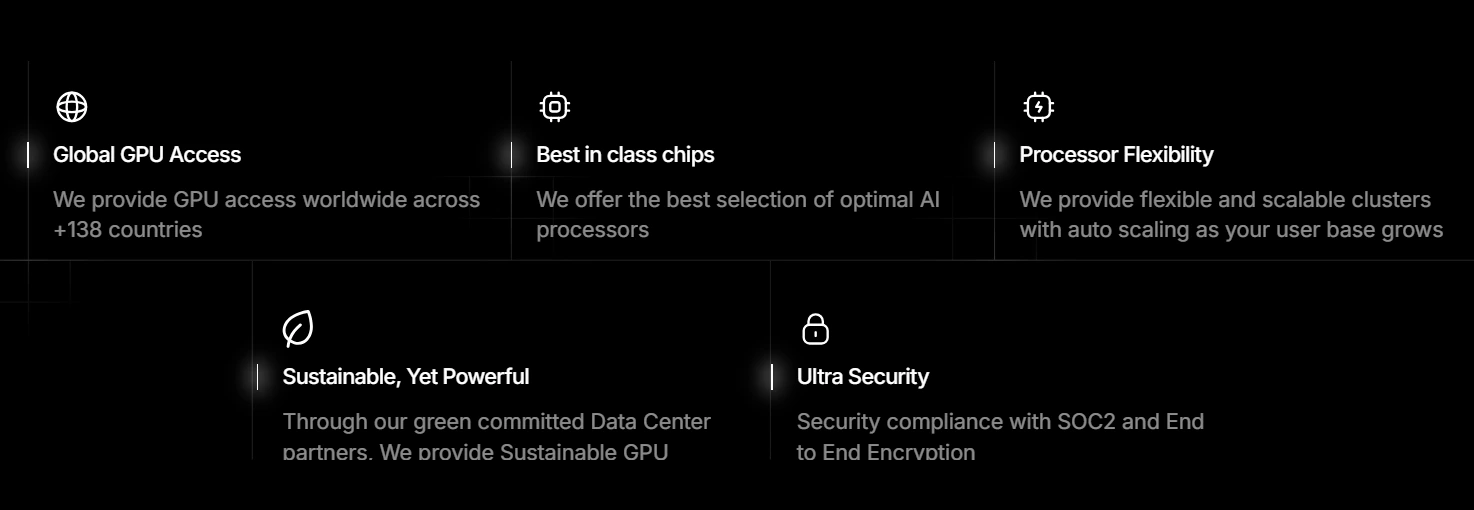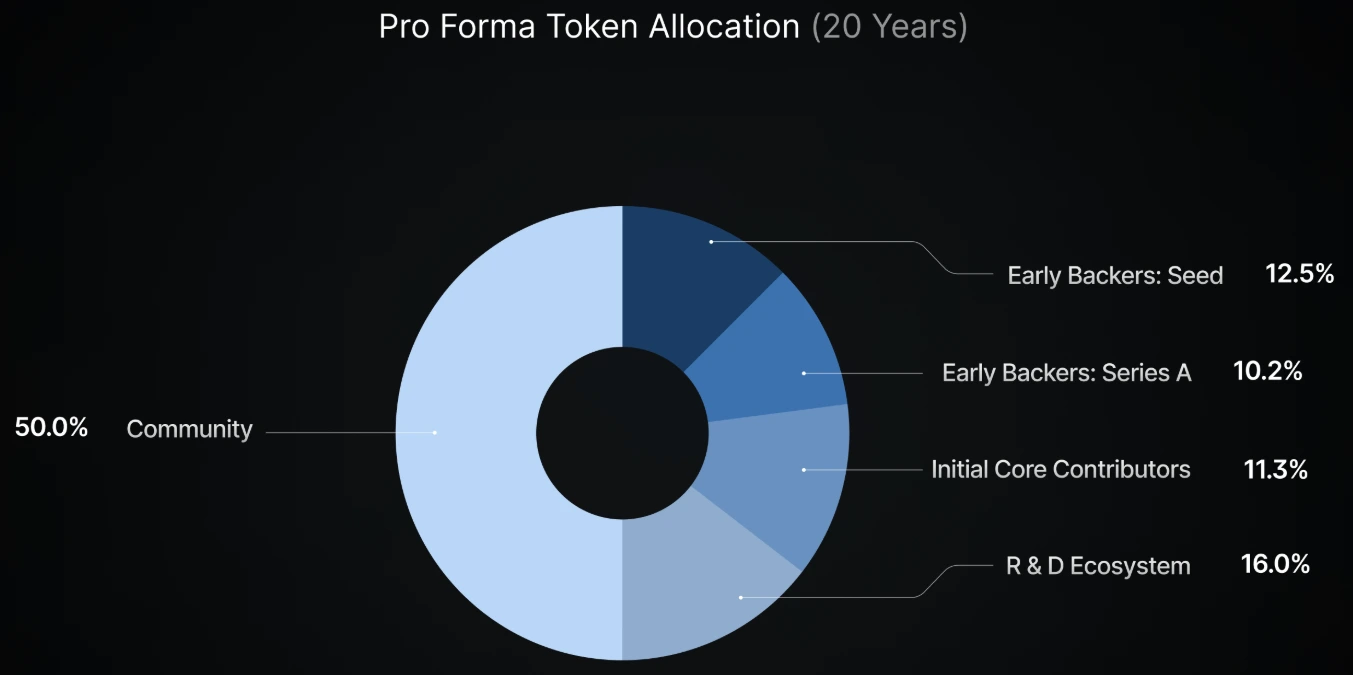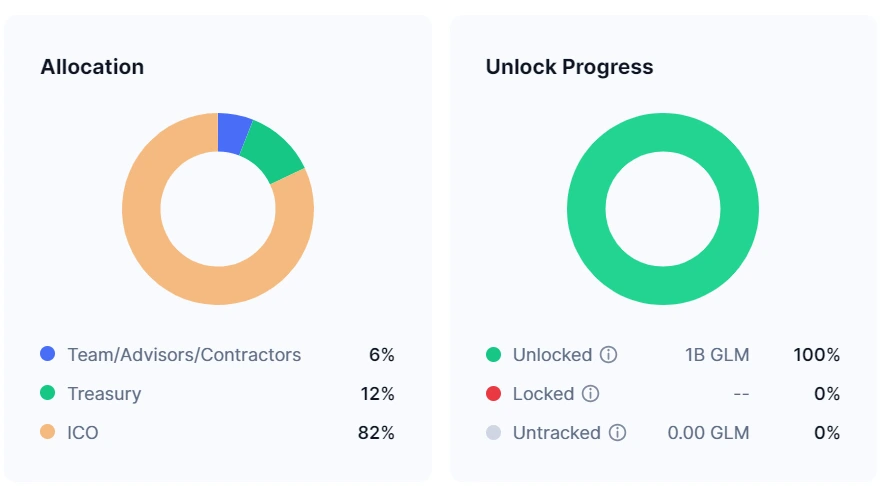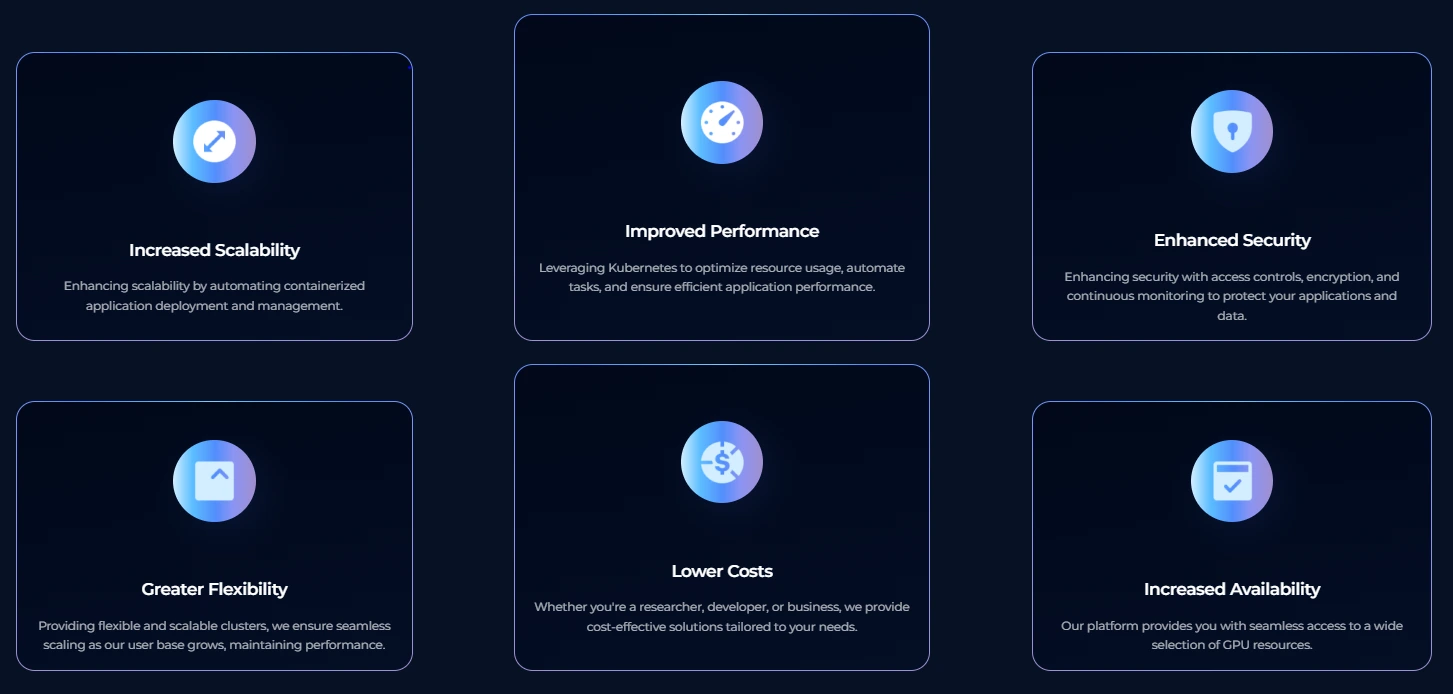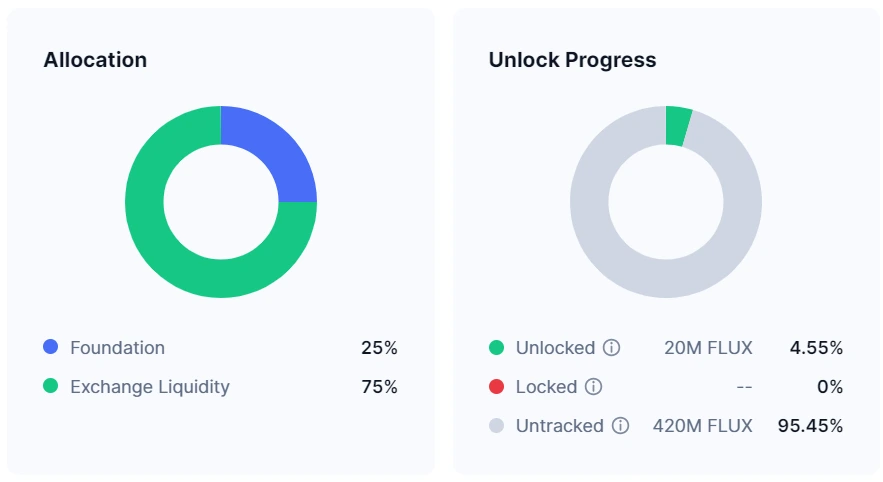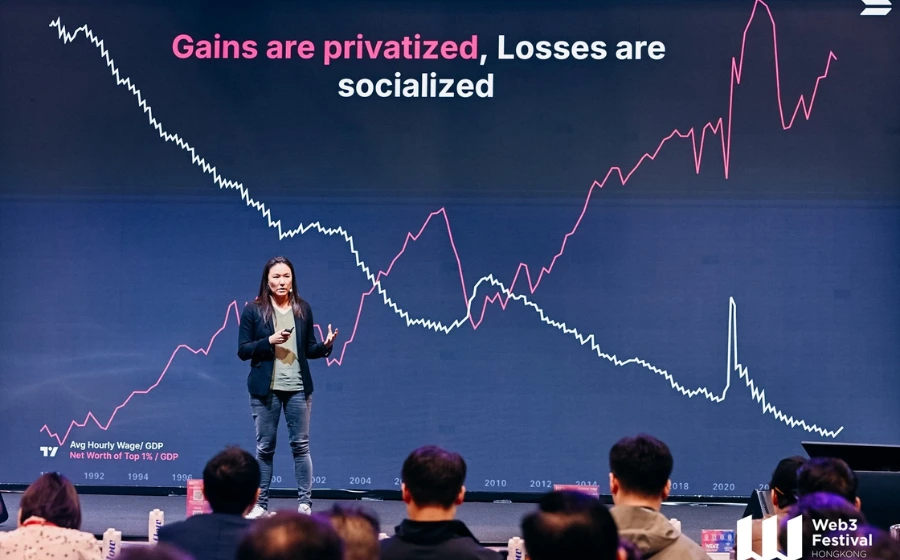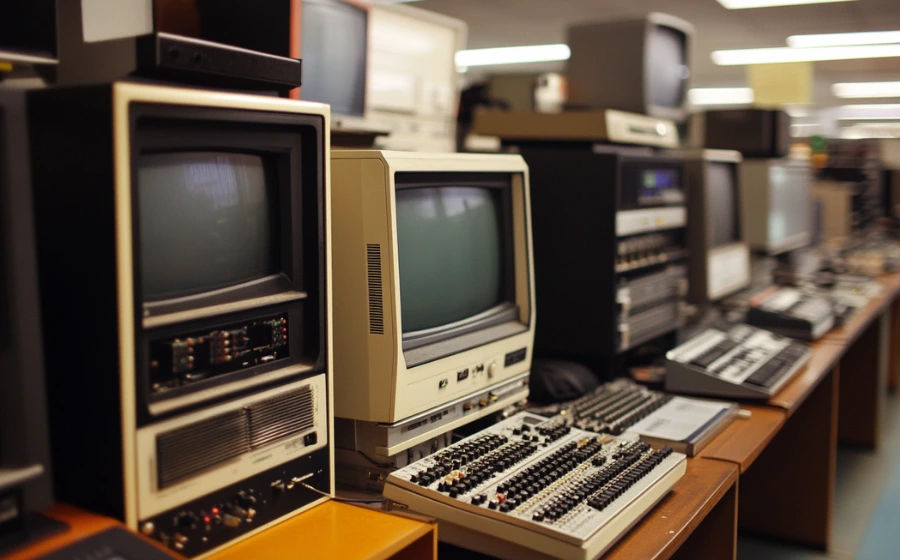
KEYTAKEAWAYS
- These platforms leverage idle computing resources to create efficient marketplaces, with Akash Network offering up to 85% cost savings versus traditional providers.
- IO.net focuses on GPU-powered AI/ML applications, while Golem and Flux target broader computing needs through decentralized infrastructure solutions.
- Each platform utilizes native tokens for governance, payments, and incentives, though most remain significantly below their all-time highs.

CONTENT
Explore four leading decentralized computing platforms revolutionizing Web3: Akash Network, IO.net, Golem, and Flux. Learn about their unique approaches, token economics, and roles in democratizing computing resources.
In our previous article, we explored how computing power has become essential in today’s technological development, including securing its place in the Web3 industry.
This article will introduce readers to several noteworthy decentralized computing projects that deserve attention.
1. AKASH NETWORK
Akash Network is an open, decentralized cloud computing marketplace that enables users to access cloud computing services at significantly lower costs. Akash Network’s foundation is built on three key components: Akash Providers, Akash Network, and Akash Tenants. As a versatile platform similar to Airbnb for data centers, it facilitates a dynamic ecosystem where these components interact seamlessly. By connecting parties with surplus computing resources (“Providers”) to those seeking such resources (“Tenants”), Akash Network creates new revenue opportunities for Providers while delivering cost benefits to users.
(Source: Akash Network’s website)
Key Features of Akash Network:
- Permissionless Access: Anyone may access computing resources.
- Resource Availability: Computing resources of any type and geography can be shared across the network.
- Cost Efficiency: By leveraging underutilized compute capacity, Akash reduces costs by up to 85% compared to traditional cloud providers.
- No Data Lock-Ins: Users retain full control over their data and can choose who to lease from, with the ability to move their data freely.
Akash Network also supports multiple programming languages and container technologies, providing developers with the flexibility to efficiently build and deploy applications.
Fundraising
In March 2020, Akash Network completed a financing round, raising $2 million.
(Source: Crypto Fundraising)
$AKT
$AKT is the native utility token of the Akash Network, serving as the primary means for governance, securing the blockchain, incentivizing participants, and acting as the default medium for value storage and exchange. As of January 11, 2025, AKT is priced at $3.14, remaining 63% below its all-time high reached on April 6, 2021. Around 71% of the total token supply is allocated for mining, with 66.63% still awaiting release.
(Source: SoSo Value)
2. IO.NET
IO.net is a distributed GPU network built on Solana, designed to deliver high-performance computing power for artificial intelligence (AI) and machine learning (ML) applications. By aggregating underutilized GPU resources from across the globe, IO.net offers AI and ML engineers a scalable, flexible, and cost-effective computing platform.
Fundraising
In March 2024, IO.net successfully closed its Series A financing round, raising $30 million. The round was led by Hack VC and saw participation from notable investors such as Multicoin Capital.
(Source: SoSo Value)
$IO
The native token of IO.net is IO, which can be used to:
- Payments and Fees: Users pay for computing resource rentals using $IO.
- Resource Incentives: $IO are distributed as rewards to users providing GPU computing power.
- Governance: $IO holders can participate in governance decisions for the platform.
As of January 11, 2025, $IO is $3.1, with a 52% gap from its all-time high on August 5, 2024. The total supply of $IO is capped at 800 million tokens. At launch, 500 million $IO were distributed, while the remaining 300 million will be released over time as hourly rewards to suppliers and their stakers. The community will allocate 50% of the total supply.
(Source: IO.net Documentation)
3. GOLEM
Golem Network is an open-source, decentralized computing platform designed to create a robust ecosystem for providing computing power to the AI industry. By connecting underutilized computing resources globally, Golem Network enables users to share idle computational capacity or access additional resources as needed, significantly lowering the barrier to high-performance computing.
Fundraising
According to publicly available data, Golem Network raised 820,000 ETH, valued at approximately $8.6 million, through its Initial Coin Offering (ICO) in 2016. The ICO was completed in just 29 minutes, making it one of the largest token sales of its time.
$GNT & $GLM
The Golem Network originally utilized the $GNT token. To enhance compatibility, flexibility, and scalability, the Golem team executed a token migration in November 2020, transitioning from $GNT to $GLM at a 1:1 ratio without incurring any additional fees. This move to the ERC-20 standard was pivotal for the network’s evolution.
Users can utilize $GLM to deploy, distribute, and scale AI models. $GLM serves as a medium of exchange, enabling seamless transactions between Providers—those offering computing resources—and Requestors—those utilizing these resources. As of January 11, 2025, $GLM is valued at $0.40, marking a 48% decline from its all-time high on March 3, 2024. Notably, 82% of the total supply was allocated to the ICO, and the token is now fully in circulation.
(Source: Coinmarketcap)
4. FLUX
Flux is a comprehensive decentralized computing network that offers high-performance computational services and Blockchain-as-a-Service (BaaS) solutions. Flux boasts a robust ecosystem, including components like FluxEdge, FluxMarketplace, FluxNodes, and so on. Whether it’s simple computational power, databases, content delivery, or other functionalities, FluxCloud can cover diverse needs.
(Source: FLUX’s website)
Among them, FluxEdge connects users needing AI, ML, and rendering power with providers of underutilized hardware. This allows users to access high-performance, cost-effective computing resources on a fair and efficient platform.
(Source: FLUXEDGE’s website)
Fundraising
No valid information regarding financing was found in the public domain, hence it will not be discussed in this article.
$FLUX
$FLUX plays a crucial role in the Flux ecosystem, serving not only as a medium for purchasing and utilizing network resources but also as an incentive mechanism for node operators and miners through staking and rewards, ensuring network stability and decentralization. Additionally, $FLUX supports governance and voting, empowering the community to actively participate in project decision-making. As of January 11, 2025, $FLUX is priced at $0.58, representing an 86% gap from its all-time high achieved on December 10, 2021.
(Source: Coinmarketcap)
LOOKING AHEAD
As the global need for computing power accelerates, decentralized solutions such as Akash Network, IO.net, Golem, and Flux are paving the way for a fairer, more efficient, and sustainable computing paradigm. However, decentralized computing still faces challenges, such as poor user experience and a shortage of Web3 talent. Despite these hurdles, the long-term outlook remains highly promising.
▶ Buy Crypto at Bitget
CoinRank x Bitget – Sign up & Trade to get $20!


